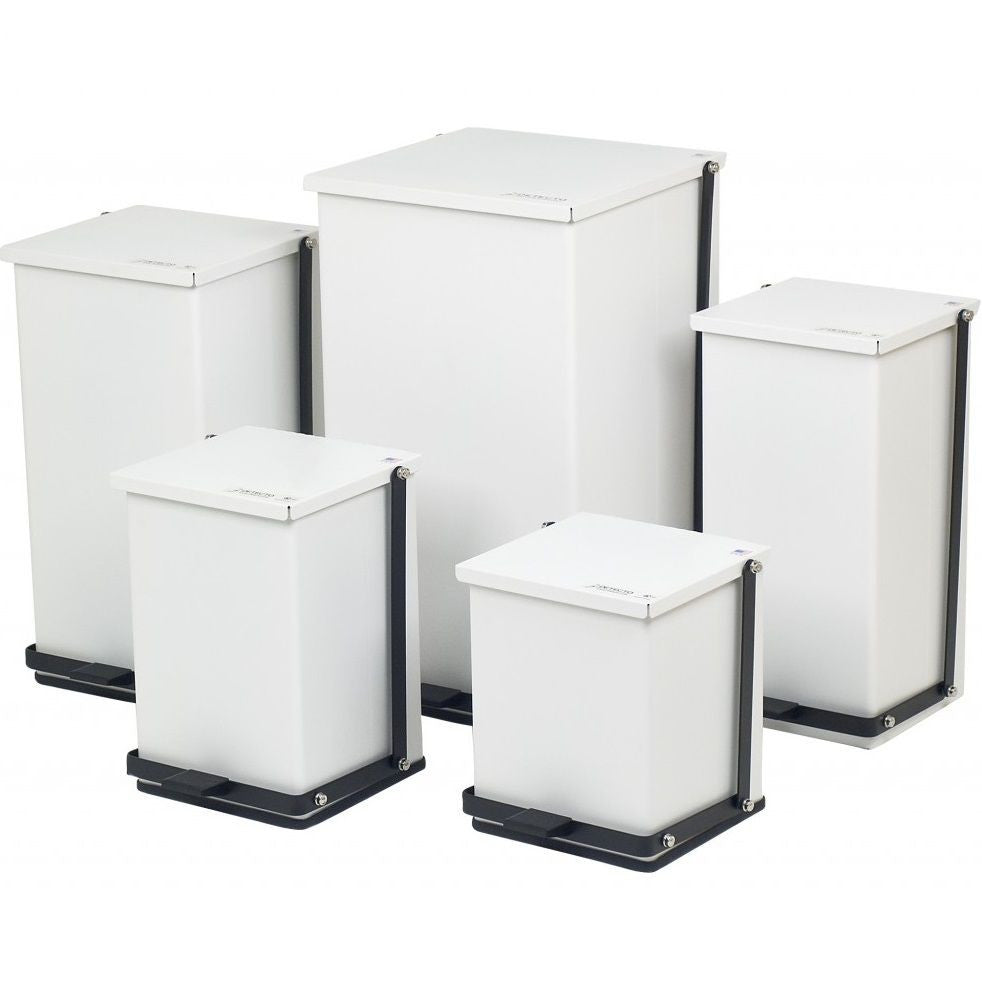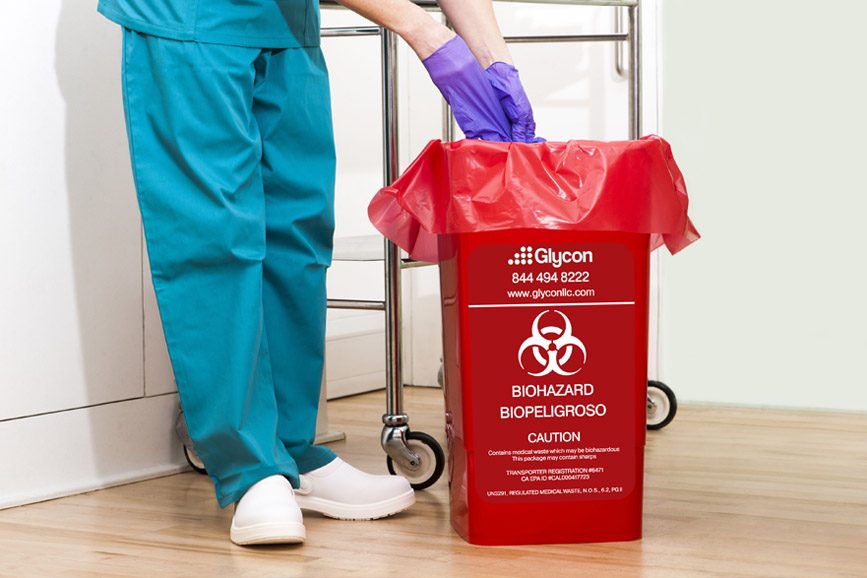Safeguarding Health: Introducing the Significance of Specialist Medical Waste Removal
Safeguarding Health: Introducing the Significance of Specialist Medical Waste Removal
Blog Article
Remain Ahead of Laws: Specialist Advice on Medical Waste Disposal
In a world where the healthcare market is regularly developing, it is crucial for medical facilities to remain ahead of regulations when it comes to the correct disposal of medical waste. From understanding the various classifications of clinical waste to carrying out the best collection and partition techniques, this discussion will certainly offer valuable understandings and actionable pointers to help centers stay in advance of policies in the ever-changing landscape of clinical waste disposal.
Comprehending Clinical Waste Categories
Comprehending clinical waste classifications is essential for correct disposal and management in medical care facilities. Clinical waste refers to any type of waste generated by health care tasks that may present a threat to public health and wellness or the environment. It is vital to categorize medical waste properly to ensure its risk-free handling, therapy, transportation, and disposal.
There are several classifications of clinical waste that healthcare facilities require to be acquainted with. The most typical groups include contagious waste, pathological waste, sharps waste, pharmaceutical waste, and chemical waste. Each classification has specific guidelines and guidelines for its correct management and disposal.
Pathological waste refers to human tissues, organs, or body components that call for unique handling and disposal. Drug waste makes up ended, unused, or contaminated drugs that require mindful handling and disposal.
Remaining Up-To-Date With Regulatory Modifications
Staying current with regulatory changes is essential for healthcare centers to make certain conformity and appropriate administration of medical garbage disposal. medical waste removal service. With regulations constantly advancing, it is crucial for medical care facilities to stay current to stay clear of charges, fines, and possible damage to the environment and public wellness
To stay ahead of governing modifications, medical care centers should develop a system for tracking and monitoring updates. This can be done by signing up for regulatory e-newsletters, attending meetings and workshops, and proactively joining industry organizations. Additionally, centers should mark an employee or team in charge of staying notified and sharing info to pertinent stakeholders.
Routine interaction with regulatory companies is also crucial. Medical care facilities need to establish connections with local, state, and federal firms to ensure they understand any kind of changes in laws that may affect their waste administration methods. This can be done through regular meetings, participation in public comment durations, and proactive interaction with governing firms.
In addition, health care facilities must consider partnering with waste monitoring companies that concentrate on medical garbage disposal (medical waste disposal services with WasteX). These companies are typically well-versed in the most recent regulations and can give assistance and support to make sure conformity
Implementing Proper Collection and Segregation Techniques
To successfully take care of clinical garbage disposal, medical care centers have to develop correct collection and partition approaches based on governing standards. Applying these approaches makes certain the secure handling and disposal of possibly harmful products, secures the atmosphere, and lessens the danger of infections and injuries to health care workers and the general public.
Correct collection and partition approaches include using assigned containers and identifying systems. Health care facilities should provide plainly identified containers for different types of clinical waste, such as sharps, transmittable waste, pharmaceutical waste, and non-hazardous waste. These containers must be color-coded and clearly significant to stay clear of confusion and promote very easy identification.
Additionally, healthcare centers ought to train their team on the right procedures for accumulating and setting apart medical waste. This consists of informing them on the different kinds of waste, the proper containers to use, and the importance of following guidelines and standards. Routine training sessions and refresher training courses need to be conducted to make certain that team member stay up-to-date on ideal practices.
Furthermore, health care facilities must establish a system for routine collection and disposal of medical waste. This may entail partnering with accredited waste management business that specialize in medical garbage disposal. These business will certainly guarantee that the accumulated waste is carried and gotten rid of in conformity with regulatory demands.
Picking the Right Disposal Methods

Incineration is among one of the most usual and reliable hop over to here approaches for dealing with specific kinds of medical waste, such as pathological waste and sharps. It includes the controlled combustion of waste at heats, decreasing it to ash. Incineration can release damaging contaminants into the air and contribute to air contamination.

Chemical treatment involves the use of chemicals to counteract the waste and sanitize. Microwave treatment uses microwave energy to heat and sanitize the waste.
Making Sure Conformity With Documentation and Training
After carefully thinking about the suitable disposal techniques for medical waste, health care facilities should blog guarantee compliance with regulations and minimize environmental influence by applying reliable documents and training treatments. This step is crucial in keeping a risk-free and sustainable setting for both medical care employees and the general public.
Training is just as important in making sure conformity with policies. Medical care employees who manage clinical waste should get proper training on waste partition, handling, and disposal procedures. This training must cover subjects such as the correct use personal protective devices, recognition of various kinds of waste, and the correct disposal approaches for each waste category. By offering detailed training, medical care centers can encourage their staff to make enlightened decisions and decrease the risk of incorrect garbage disposal.
Verdict
To conclude, remaining in advance of guidelines in medical waste disposal is essential for healthcare facilities. medical waste removal. Understanding the various groups of medical waste, staying upgraded with governing modifications, executing proper collection and partition approaches, selecting the appropriate disposal methods, and making certain conformity through documents and training are all necessary steps. By following these standards, health care organizations can properly handle and dispose of clinical waste in a risk-free and responsible manner
From recognizing the various categories of clinical waste to executing the right collection and partition methods, this conversation will supply important understandings and actionable pointers to help centers stay ahead of guidelines in the ever-changing landscape of medical waste disposal. - medical waste disposal services with WasteX
The most usual categories include contagious waste, pathological waste, sharps waste, pharmaceutical waste, and chemical waste. Health care centers need to provide clearly labeled containers for different find more info types of medical waste, such as sharps, contagious waste, pharmaceutical waste, and non-hazardous waste. Health care centers need to develop a thorough system to record and track all aspects of medical waste disposal, including types of waste generated, amounts, and disposal methods used. Healthcare workers who handle medical waste should receive appropriate training on waste segregation, dealing with, and disposal procedures.
Report this page